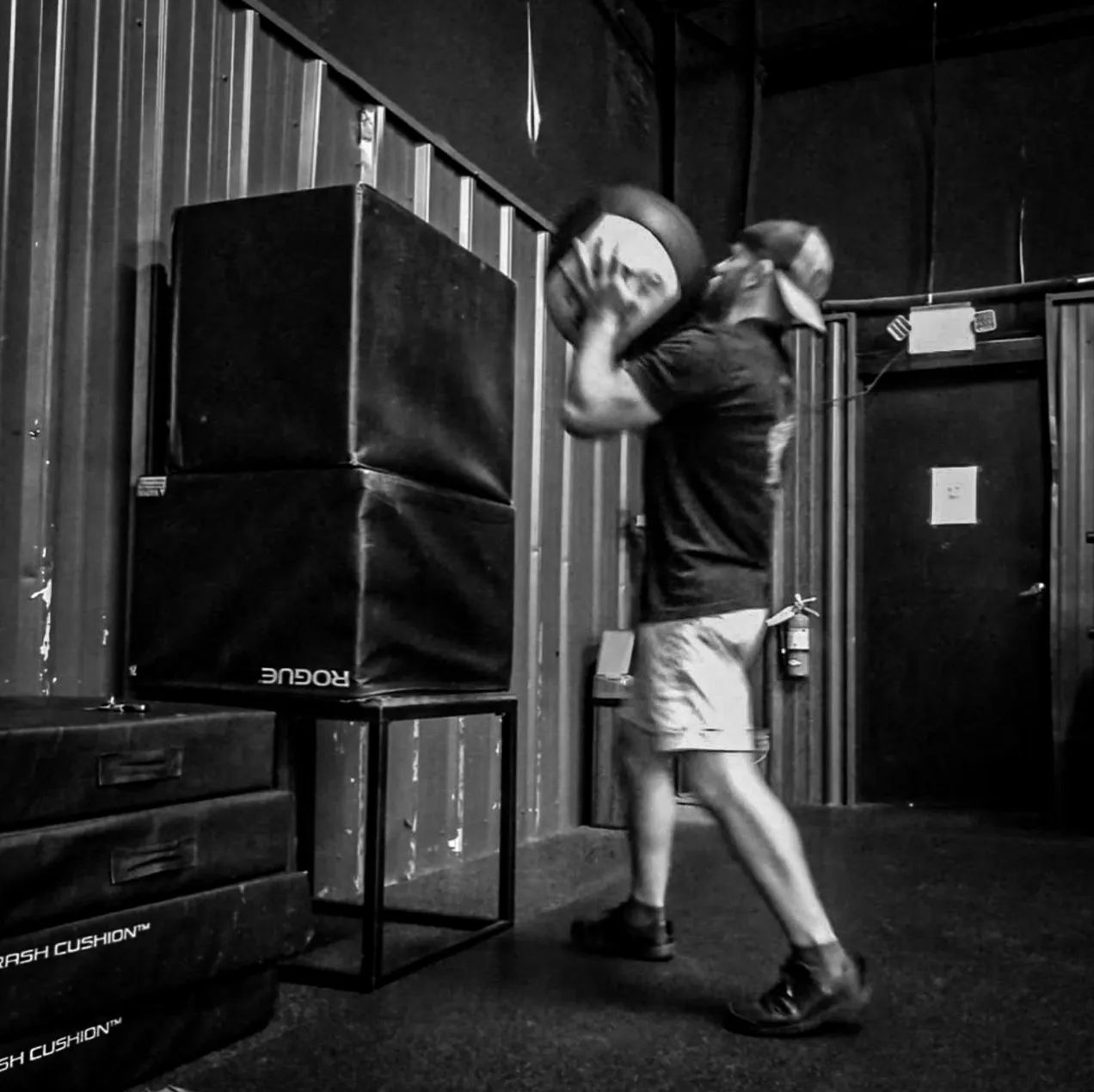The Long Warmup
An active recovery formula, Part 1
Austin Haedicke
860 Words | Read Time: 3 Minutes, 54 Seconds
2025-08-14 17:00 -0700
You don’t get stronger when you train. Don’t try to defy this basic principle of adaptation. Training is stimulation, and stimulation is stress. To improve we must adapt. To adapt we must recover.
Perhaps more pointedly, your training is only as useful as your ability to recover from it.

If you asked me what has changed the most about my training in the last year, it would unquestionably be my focus on active recovery and mobility. Note that neither of those imply passivity – i.e. couch rotting or whimsically ‘doing some vague stretching.’ There is structure, intention, and effort.
That re-invention was demanded by significant tears to the MCL and medial meniscus in my right knee a little over one year ago.
While I certainly didn’t stop training altogether, I was psychically limited for quite a while. I completed Joel Jamieson’s Certified Conditioning Coach program and the biggest takeaway – other than the obvious specific programming for combat sports – was an emphasis on high performance recovery training.
After about 6 months of rehab I was training pretty normally and a found a natural segue back to my friends at Ollin with their BJJ Support Program.
That program worked well enough that I continued to use it as the foundation for my strength and conditioning as I prepped for ADCC Open Atlanta; a competition I won pretty decisively in my division.
Recall again, that that was less than one year after a pretty significant injury and about 5 years off from competition; and a few minor set backs during training camp.
Let’s look at how to structure productive active recovery training sessions; starting with some common problems many athletes have:
- You try to train hard every day.
- You assume that maximum effort means maximum exhaustion.
- You do little or no strength and conditioning, mobility, or pre-habbing your body.
- You do too much strength and conditioning and forget that fitness and lifting are their own separate sports.
- Your “chill” days are neither relaxed enough to promote recovery nor hard enough to stimulate novel adaptation.
- Most “hard” days feel hard, but the output doesn’t match the outcome.
- You’ve had so many injuries that the PT and Ortho gave you a punch card discount.
If this sounds like your average training week, you’re not alone. It’s taken me 15 years or so dial this in, and I still screw it up more often than I get it right.
Before getting into a specific framework, here are some principles to keep in mind:
- Active recovery is not passive. It is structured, intentional, focused training that will require effort.
- Active recovery is superior to passive recovery. Oftentimes we need to move quite a bit more than we think in order to move blood and deliver nutrients throughout our body – the catch is in moderating intensity.
- You absolutely can train everyday. That may require training the discipline to abide by strict limits to ensure we’re actually helping rather than hindering recovery.
The Framework, Part 1: The Warm Up
Warm ups are one of the most often overlooked aspects of training. Hell, it’s a trope in BJJ that purple belts skip warmups … and some never return to them.
An oversimplified summary of “rebound training” – e.g. ‘shakeouts’ or ‘HRPT’ – would be to just call it a “long warm up.” While oversimplified, it’s not invalid. Everytime someone posts a session with a long warm up at Ollin I’m reminded of the immense value this provides.
You’re not “wasting energy that could be used on your working sets.” You’re taking inventory, which is to say you’re paying attention – at least you should be.
Generally speaking a good warm up should prepare us both physically and psychologically for training. We want to get some blood and sweat flowing (a Zone 2 component), prepare the structures we’re going to s/train later (pre-fatigue), and also assess how we’re feeling (what what we’re thinking, where we’re struggling, etc.).
As general template might look like:
- Breathing (5 minutes):
- Any hyper-ventilation or up-regulation protocol will work (i.e. Wim Hof).
- Blood (15 minutes):
- This doesn’t have to be traditional monotony, though if you like cycling or running, it can be. At the time of writing I’m liking ascending ladders for repeat-effort days, and descending ladders for max-effort days.
- Calisthenics:
- Again, this should be specific to what’s in the “work segment.” CARs are a good choice if you’re going to be doing repeat-efforts (e.g. hypertrophy), PAILs/RAILs for max-efforts (strength/power), or calisthenics for dynamic-efforts.
The template above could be applied for just about any training session. However, the specific context here is “active recovery.”
In the next segment of this series we’ll look at how to create a ‘work / stimulation segment’ that still stimulates novel adaptation while generally helping us “feel better after the session than when we started.”
If you feel worse after training, you’re beating yourself up more and driving “recover debt higher” rather than paying it forward.
Real performance can never be purchased on credit, debts always get called sooner or later. So, learn how to bank recovery points and start learning “how to be better prepared to train tomorrow.”